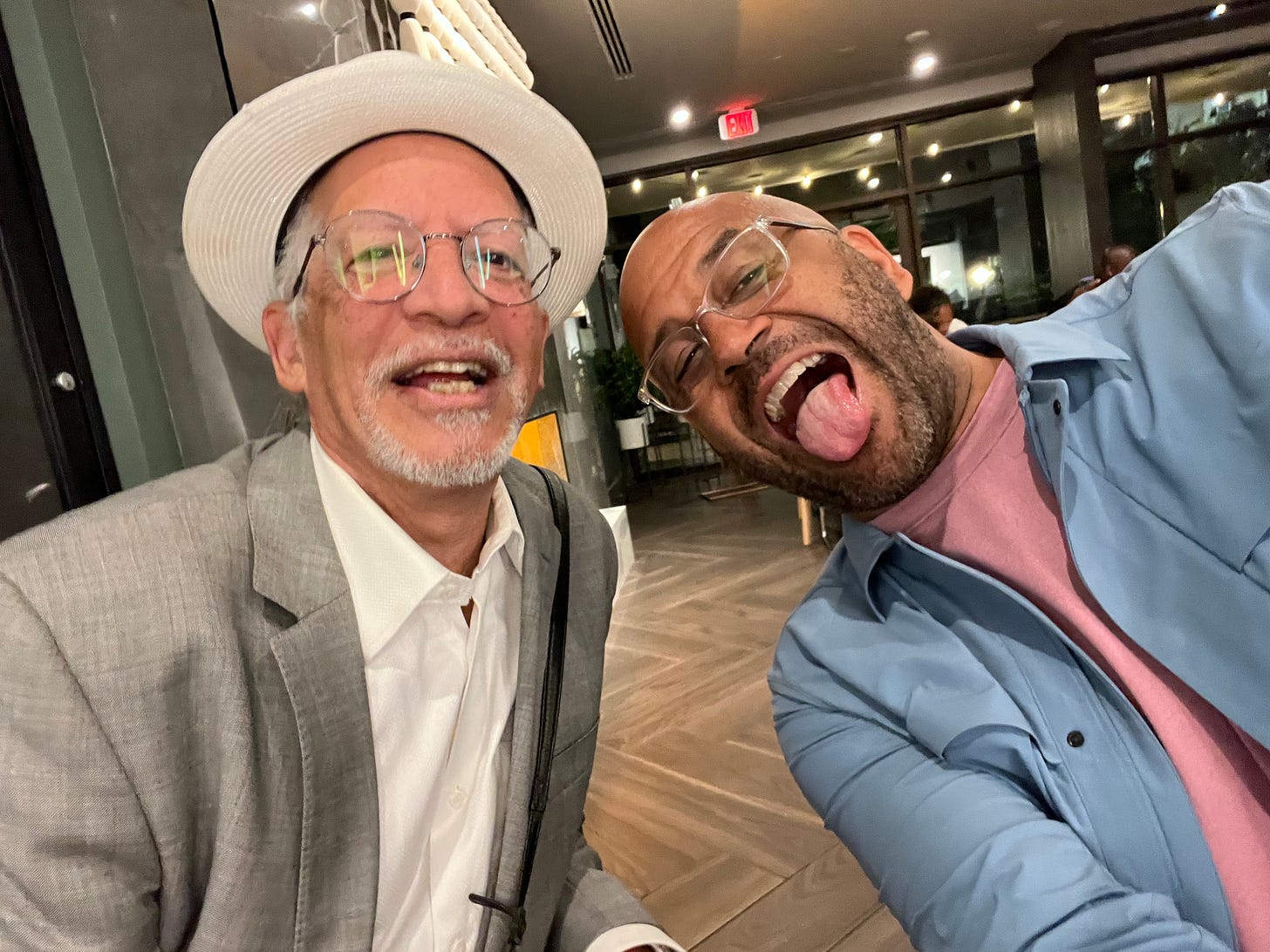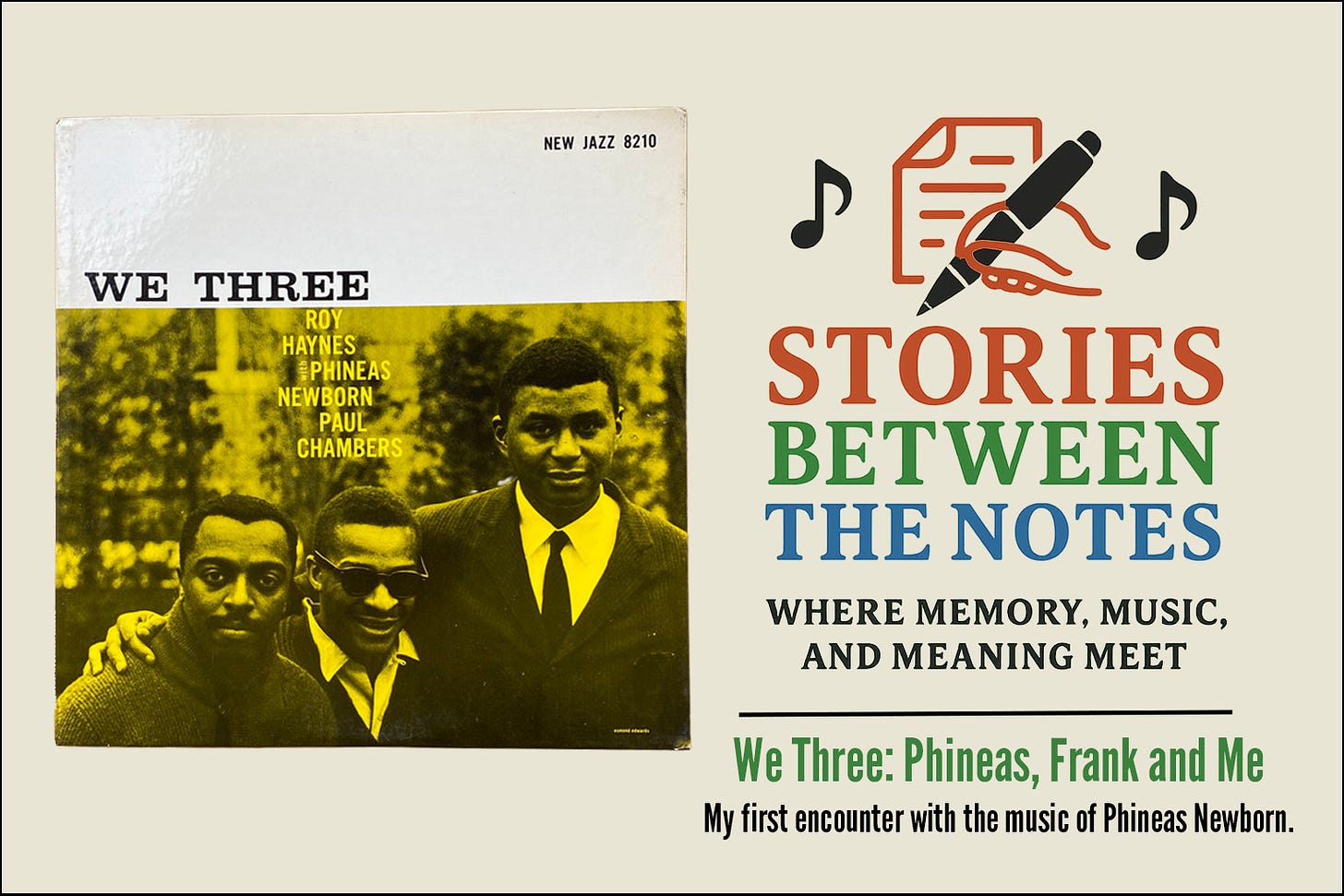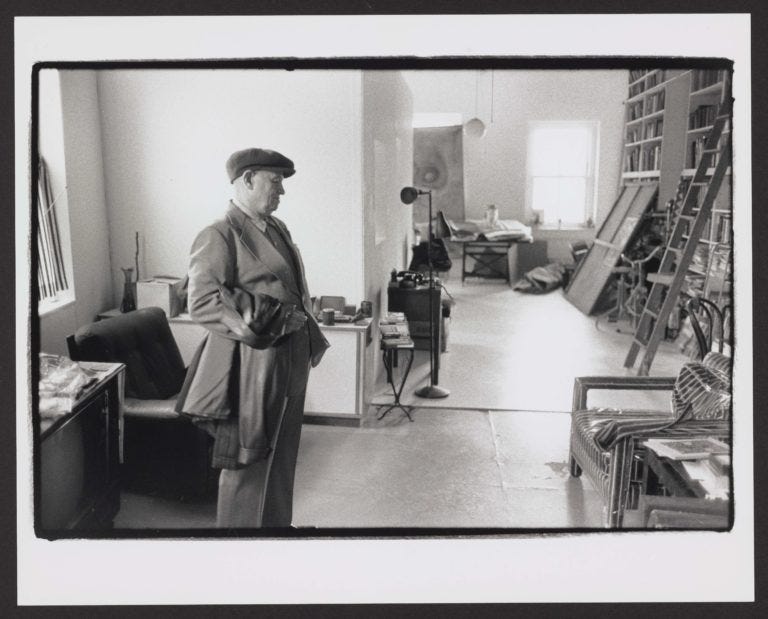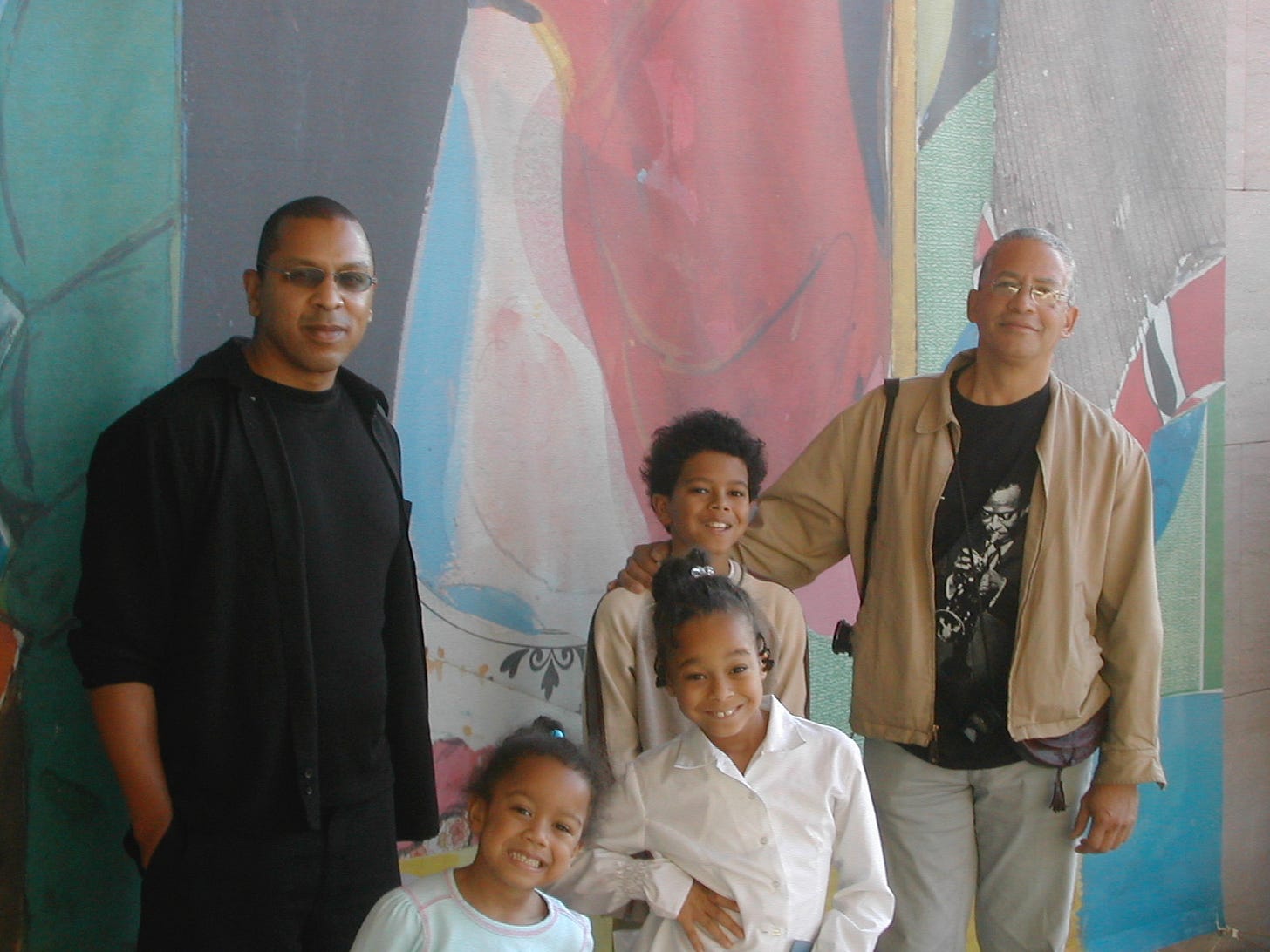We Three: Phineas, Frank and Me
The story of my first encounter with the music of Phineas Newborn.
When I was younger, I had a habit of getting sick whenever I traveled with my father. Ever since I got food poisoning on a tour of New England with the Jazz at Lincoln Center Orchestra, it seemed like it happened every trip, whether it be to Cuba, Louisville, or South Africa. I would later find out that the reason for this was acid reflux, which is something I only deal with periodically now (thankfully). The reason I’m bringing this up is because it was under these circumstances that I would encounter the music of the great jazz pianist Phineas Newborn, sick in a car on a 5-hour drive to Washington, D.C.
When we first moved to New York in 2000 (well actually Jersey City, NJ), one of my father’s closest friends was Frank Stewart, who was his colleague at Jazz at Lincoln Center. My dad had known Frank for years through Wynton Marsalis. He is one of the greatest photographers of jazz and of black American culture. Frank recently had a retrospective of his work curated by the Phillips collection in Washington DC.
“Frank Stewart’s Nexus: An American Photographer’s Journey, 1960s to the Present is a dynamic retrospective of Stewart’s photography that centers on his sensitive and spontaneous approach to portraying world cultures and Black life in many forms—including music, art, travel, food, and dance. His work over the years captured intimate and empathetic images of lives experienced and observed across subjects, cities, and countries.”
Our family owns the largest collection of Frank’s work outside of his own family. Twelve of our pieces were a part of the retrospective and traveled to four museums over the course of a year.

Though my sisters and I were aware that his work hung in places like Jazz at Lincoln Center and our home we simply knew him as “Uncle Frank”, our father’s silly friend who made a mean barbecue sauce! I would later show my appreciation for Frank’s cooking by titling my first composition after him, “Frank’s Étouffée”.
Exposure to Frank’s photography instilled in me a love of reflections and chiaroscuro, two things that inform my artistic sensibilities, but also, they gave me an unconscious awareness of the great achievements of the culture I belonged to. When I would see his monumental photo “The Bow” in our home every day, it was a daily reminder of the scales that art could reach.
So, it was not a surprise when I found out that we were traveling to the Smithsonian Museum in Washington D.C. to see Frank’s photography. His photos of Romare Bearden were shown as part of a retrospective of the art of Romare Bearden, for whom Frank was an assistant and photographer from 1975 until Bearden’s passing in 1988.
With great anticipation, we packed the car and readied ourselves for the 5-hour trip all the way to DC. Accompanying our trip was the album We Three, the trio album which featured Phineas Newborn, Paul Chambers, and Roy Haynes. As we listened to the album, my dad would anticipate all the solos, “Whachu know about this one?”, “Llllook at this”, “This solo right here is killin’” before he proceeded to sing alongside them with his hilariously offbeat scat syllables, “Shammy-tammy, skittle-root, sharky-harkle bittle toot”, for which he was admired by jazz singers and admonished by the rest of his family. This attention that he gave to each moment of the album highlighted to me just how densely packed it was, and how special this piano player Phineas Newborn was.
Before this point, I hadn’t heard of Phineas Newborn. He was among the many names of musicians that I would hear about from my father. But one thing that made his name stick out, was the fact that he was Frank’s stepfather. In a car headed to the Smithsonian to see Frank’s photography, we were listening to an album of his stepfather.
The final factor that cemented Phineas Newborn in my mind was the intense carsickness I experienced on the way to and from D.C. Much of that trip was a literal fever dream accompanied by We Three on perpetual repeat. We must have listened to that album for over 7 hours that day! Or at least that’s how it seemed to me. By a certain time, I knew the track order and had memorized all of Phineas’ solos on the songs “Reflections” and “After Hours” (and internalized all my dad’s nonsense syllables). The crispness of his playing, coyness of his virtuosity and the predictability of multiple listens, were the only thing that tided me through that difficult road trip.
With this album etched in my mind due to the trauma of sickness, I would go on to explore Phineas Newborn’s catalogue of music. I mined his playing for pianisms in songs such as “Cheryl” and “Barbados”. I learned all his solos on “After Hours”. I even discovered that his “enigmatic” introduction to “Lush Life” was a movement of the Ravel Sonatine, which I learned in high school. “Phineas played Ravel too?” I wondered to myself, now more eager to learn the “Sonatine”.
My relationship with the music of Phineas Newborn’s music would culminate in me being afforded the opportunity to play on his piano, which was housed at the house of Frank’s mother, while we visited for a cookout that featured Frank’s legendary barbecue sauce. On that day I would play a mashup version of “After Hours”, which featured Ray Bryant’s slow boogie-woogie bass line and Phineas Newborn’s solos. I also played my own song “Frank’s Étouffée”, paying my respect to the two giants that loomed large over that trip to D.C.





Hip story! Thanks for hipping me to We Three, on rotation now!
Phineas the Finest! Great story, Wynton!